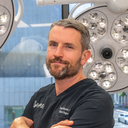The indication for a breast lift in conjunction with implant augmentation is based on the relationship between the nipple and the IMF. (Infra mammary fold)





